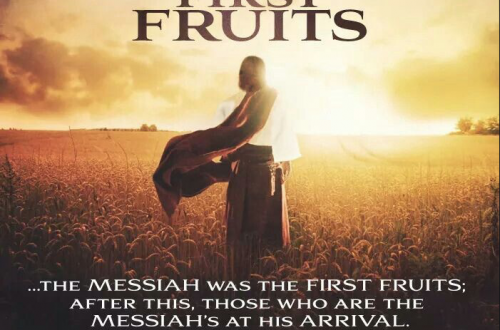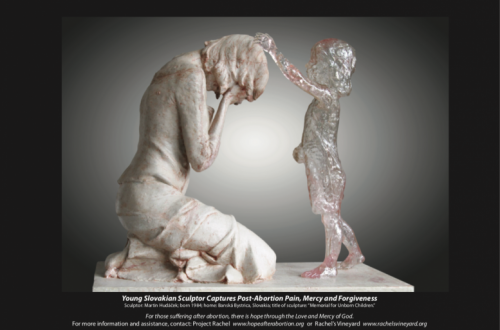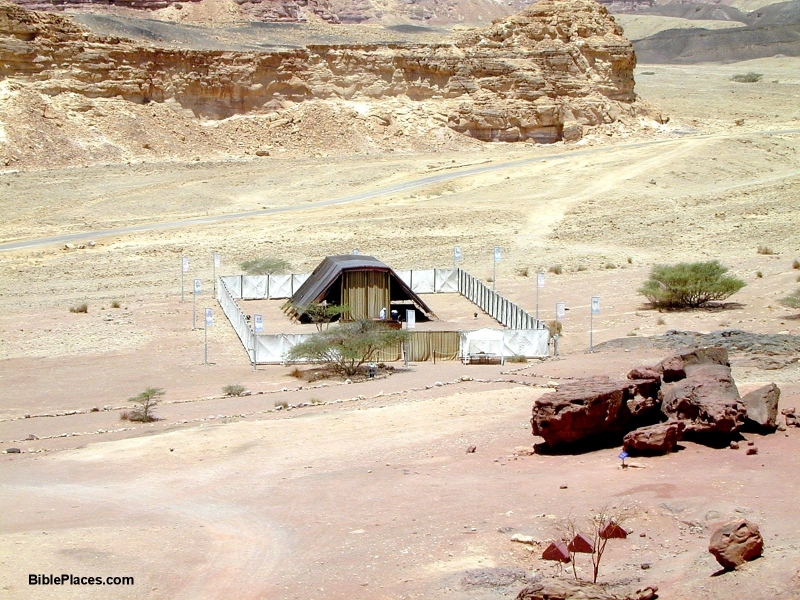
The Tabernacle of Moses – God’s Heavenly Pattern for our Spiritual Transformation – Part IV: The Holy Place – Golden Altar of Incense
THE GOLDEN ALTAR OF INCENSE
Located directly in front of the veil that leads to the Holy of Holies, at the West end of the Holy Place, stands the Golden Altar of Incense.
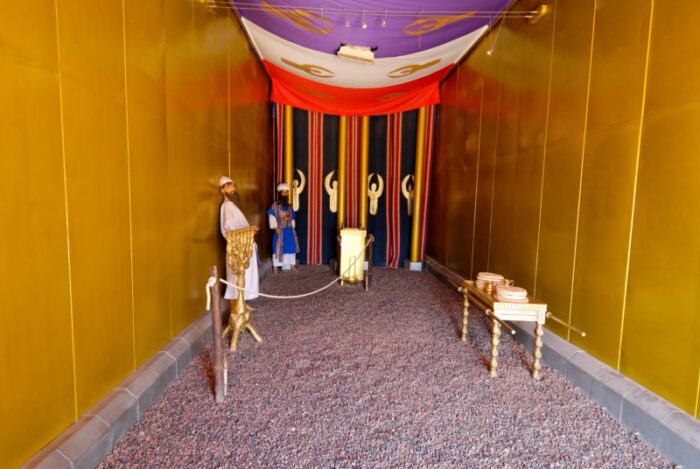
It is also made of acacia wood (1) and overlaid with pure gold. It is smaller than the Brazen Altar in the Outer Court, measuring about one and one-half feet square and three feet high. It is transported by two poles inserted into two gold rings attached to two corners of the altar (Exodus 30:1-10).
“You are to make an altar for burning incense; you are to make it of acacia wood. Its length is to be a foot and a half and its width a foot and a half; it will be square. Its height is to be three feet, with its horns of one piece with it. You are to overlay it with pure gold—its top, its four walls, and its horns—and make a surrounding border of gold for it. You are to make two gold rings for it under its border, on its two flanks; you are to make them on its two sides. The rings will be places for poles to carry it with. You are to make the poles of acacia wood and overlay them with gold. “You are to put it in front of the curtain that is before the ark of the testimony (before the atonement lid that is over the testimony), where I will meet you. Aaron is to burn sweet incense on it morning by morning; when he attends to the lamps he is to burn incense. When Aaron sets up the lamps around sundown he is to burn incense on it; it is to be a regular incense offering before the Lord throughout your generations. You must not offer strange incense on it, nor burnt offering, nor meal offering, and you must not pour out a drink offering on it. Aaron is to make atonement on its horns once in the year with some of the blood of the sin offering for atonement; once in the year he is to make atonement on it throughout your generations. It is most holy to the Lord.” (Exodus 30:1–10 NET)
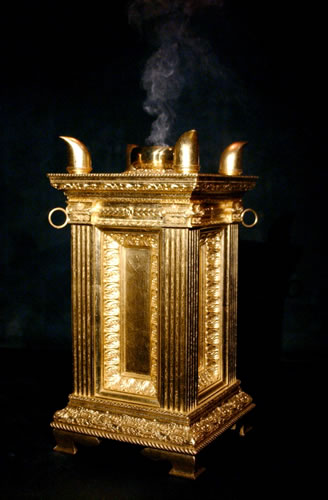
The altar is used to burn incense in the morning and evening so that the fragrance is continually rising up to God. When the morning batch of incense was exhausted, the evening batch was lit. The incense represents the prayers of us His saints (Revelation 5:8). The continual burning of incense depicts praying without ceasing (1 Thessalonians 5:17). No other sacrifices were offered on this altar of gold (1), only the sweet-smelling incense (Exodus 30:9). Then annually, the blood of atonement was to be put on the horns. Again, this blood on the altar’s horns is symbolic of the power of Jesus’ blood to save all, to the four corners of the Earth! That is, this altar is available to all, not just some elite group of Christians (1 John 2:2. Revelation 7:1). Note this altar is not made of bronze (1) which is symbolic of judgment. That is, the Golden Altar is not about paying the price for sin but rather “praying” the price for intimacy with God (pure gold is symbolic of God).
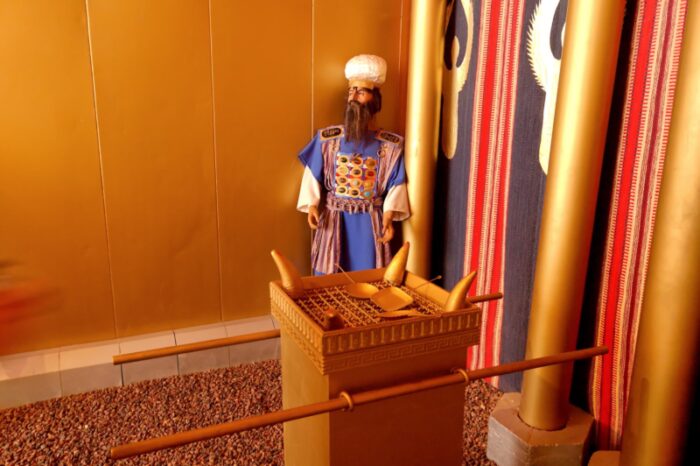
The Golden Altar of Incense is the closest piece of furniture to the Holy of Holies’ entrance. Therefore, it is nearest to the heart of God. As we wait before God, talk with God, long for God, we are drawing near to His presence. This ministry of intercession is the last ministry before going beyond the veil into the presence of God. Those that arrive at the Golden Altar of Incense have become Phase IV (1) Christians.
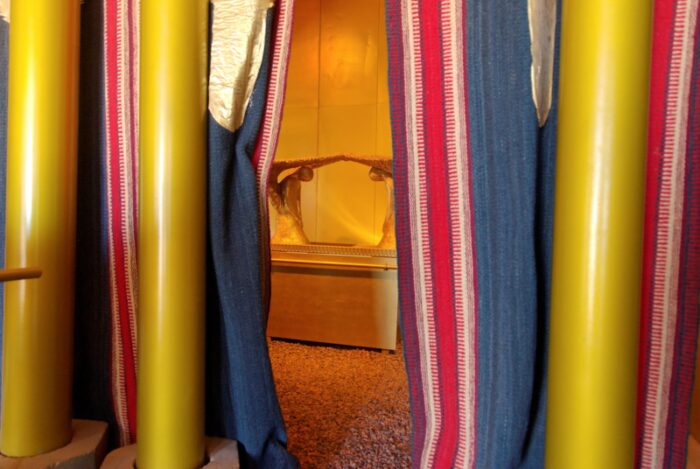
Remember, we identified with Jesus’ suffering and death at the Brazen Altar, participated in His sufferings at the Table of Showbread. Still, now we must participate in His death via the final surrendering (i.e., death) of our will. At the Golden Altar of Incense, we finally understand in our spiritual hearts that the only reason we live is to accomplish His will (Philippians 3:10. Hebrews 10:7. Philippians 1:21). That is, at the Golden Altar of Incense, we choose to lay down our eternal purpose and pick up Jesus’. Consequently, the Golden Altar of incense represents the WILL of man. It is here that we resolutely decide from now on that it will not be my will, but God’s will be done (Hebrews 10:6,7. Luke 11:2).
Again, the purpose of Phase IV of our spiritual journey is to conform us to His (Jesus’) death (Philippians 3:10). This is not referring to physical death, which we all must experience at the end of our time on Earth (Hebrews 9:27). This is the death to self that Jesus modeled when He willingly set aside His position as God in Heaven over this whole universe with millions of angels waiting on and worshipping Him and became the God-Man servant on Earth that humbled Himself to the point of dying on the cross for us (Philippians 2:5-8). During His time on Earth, Jesus only did what our Heavenly Father showed Him to do (John 5:19,30,36) or spoke only what He asked Him to speak (John 12:49,50. John 14:24. 1 Timothy 6:13). He did this so flawlessly that to see Jesus was to see what God our Father is like (John 14:9). Furthermore, that is why He is called the WORD because there is no difference between the words that God the Father is saying and what Jesus is doing (John 1:1). Similarly, we are to die to self (i.e., we are to die to disobedience or sin) in every area of our lives. Jesus referred to this as picking up our cross daily (Mark 8:34,35). Note that just “desiring” to save our lives, even if we do not save it, will cost us living His life, or rather Jesus living His life through us (Mark 8:35). Furthermore, we must successfully complete Phase IV, or we will never experience the joy of Jesus living His life through us, which is Phase V, the final phase of our spiritual journey (Philippians 3:11, Galatians 2:20). To do this, we must learn to suffer effectively (1).
Recall, God-ordained suffering came into our lives at the Table of Showbread, leading to Christlike character’s formation (Hebrews 12:11-13). However, at the Golden Altar of Incense, the suffering greatly intensifies. Trouble in ministry, trouble in your career, and trouble in your family can happen simultaneously at the Golden Altar of Incense. All that we worked so hard for in our ability is lost. Therefore, we learn to no longer trust things done in our ability (dead works) but rather only those things that are done in God’s ability (good works) (Revelation 3:1,2). Again, no other sacrifices were permitted to be offered on this Golden Altar other than the incense (i.e., our prayers). This is because the offering of our will in prayer is the only other acceptable sacrifice here (1 Samuel 15:22. Psalms 51:17. Philippians 3:10). Again, God is waiting for us to surrender our intact wills to Him on this altar (Matthew 26:39. Hebrews 10:7).
The Golden Altar of Incense is also symbolic of Jesus’ ministry as our Great High Priest always offering intercession for us His Saints (1 John 2:1. Hebrews 7:25. Hebrews 4:14-16). When Jesus died on the cross, the temple’s veil in Jerusalem was supernaturally torn in two from top to bottom (Mark 15:37-39). This was to show us that a new way had been created to access the Heavenly Father by Jesus (Hebrews 10:19, 20). The temple’s veil represented that our flesh bodies limited our access to God, who is a Spirit and can only be worshiped in spirit and truth (John 4:24). However, Jesus paid for our sin on the cross to establish a New Covenant with God the Father for us. This New Covenant gives Christians a new spirit alive unto God the Father, allowing us to appear before Him in prayer (Hebrews 4:16).
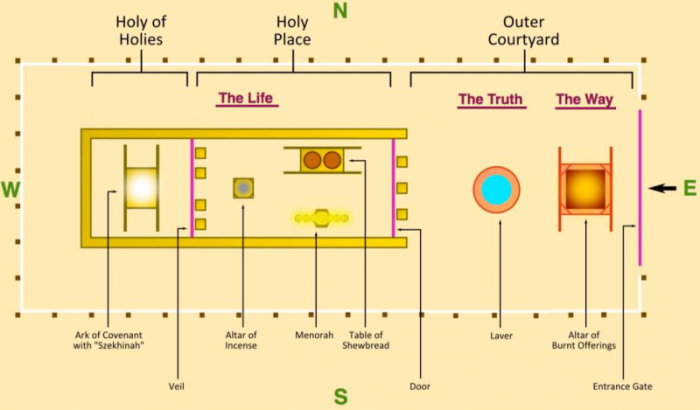
Interestingly, in the Old Testament, the Golden Altar of Incense is in the Holy Place in front of the veil, and now in the New Testament, it is said to be on the other side of the veil in the Most Holy Place (aka, Holy of Holies) (Exodus 40:26. Hebrews 9:3,4). This represents the purpose of the Altar of Incense – prayer here results in Jesus, our Great High Priest, ushering us into the presence of God the Father! (Hebrews 4:14. Hebrews 6:19) It is the Phase IV Christian that has laid down their will on the Golden Altar, having learned to yield to the Holy Spirit in prayer, that will pass through the veil into God’s presence (Romans 8:26,27). Remember, God has promised that if we draw near to Him, He will draw near to us (James 4:8).
The following song captures the correct attitude of the Phase IV Christian:
Knowing You
All I once held dear built my life upon
All this world reveres, and wars to own
All I once thought gain I have counted loss
Spent and worthless now, compared to this
(Chorus)
Knowing you, Jesus knowing you
There is no greater thing
You’re my all you’re the best
You’re my joy, my righteousness
And I love you, lord
Now my heart’s desire is to know you more
To be found in you, and known as yours
To possess by faith what I could not earn
All surpassing gift of righteousness
(Repeat Chorus)
Oh to know the power of your risen life
And to know you in your suffering
To become like you in your death my Lord
So with You to live
And never die
Recommended reading for a Phase IV Christian:
Brokenness, the Forgotten Factor of Prayer by Mickey Bonner
- Publisher: Christian Literature Crusade; Assumed First edition (January 1, 1996)
- Language: English
- Paperback: 255 pages
- ISBN-10: 187857812X
- ISBN-13: 978-1878578129
The Tabernacle of Moses Series:
- God’s Heavenly Pattern for our Spiritual Transformation – Part I: The Outer Court
- God’s Heavenly Pattern for our Spiritual Transformation – Part II: The Holy Place – Gold Lampstand
- God’s Heavenly Pattern for our Spiritual Transformation – Part III: The Holy Place – Table of Showbread
- God’s Heavenly Pattern for our Spiritual Transformation – Part IV: The Holy Place – Golden Altar of Incense
- God’s Heavenly Pattern for our Spiritual Transformation – Part V: The Most Holy Place
- God’s Heavenly Pattern for our Spiritual Transformation – Part VI: The Priestly Garments
- God’s Heavenly Pattern for our Spiritual Transformation – Part VII: Our Great High Priest
- God’s Heavenly Pattern for our Spiritual Transformation – Part VIII: The Women of the Tabernacle
Sacrifices and Offerings of the Old Covenant Series:
- The Fire Sacrifices and Offerings of Israel – Introduction
- The Fire Sacrifices and Offerings of Israel – The “Whole” Burnt Offering
- The Fire Sacrifices and Offerings of Israel – The Meal Offering
- The Fire Sacrifices and Offerings of Israel – The Peace Offering
- The Fire Sacrifices and Offerings of Israel – The Sin Offering
- The Fire Sacrifices and Offerings of Israel – The Trespass Offering
- The Fire Sacrifices and Offerings of Israel – The Red Heifer Offering
- The Fire Sacrifices and Offerings of Israel – The Ordination Offering
Shalom
(Security, Wholeness, Success)
Peace
Then he said to them, “Therefore every expert in the law who has been trained for the kingdom of heaven is like the owner of a house who brings out of his treasure what is new and old.” (Matthew 13:52 NET)
(1) Select the link to open another article with additional information in a new tab.
(2) Pictures from Bolen, T. Pictorial Library of Bible Lands, Volumes 1-20 Purchased from https://www.bibleplaces.com and used with permission.
